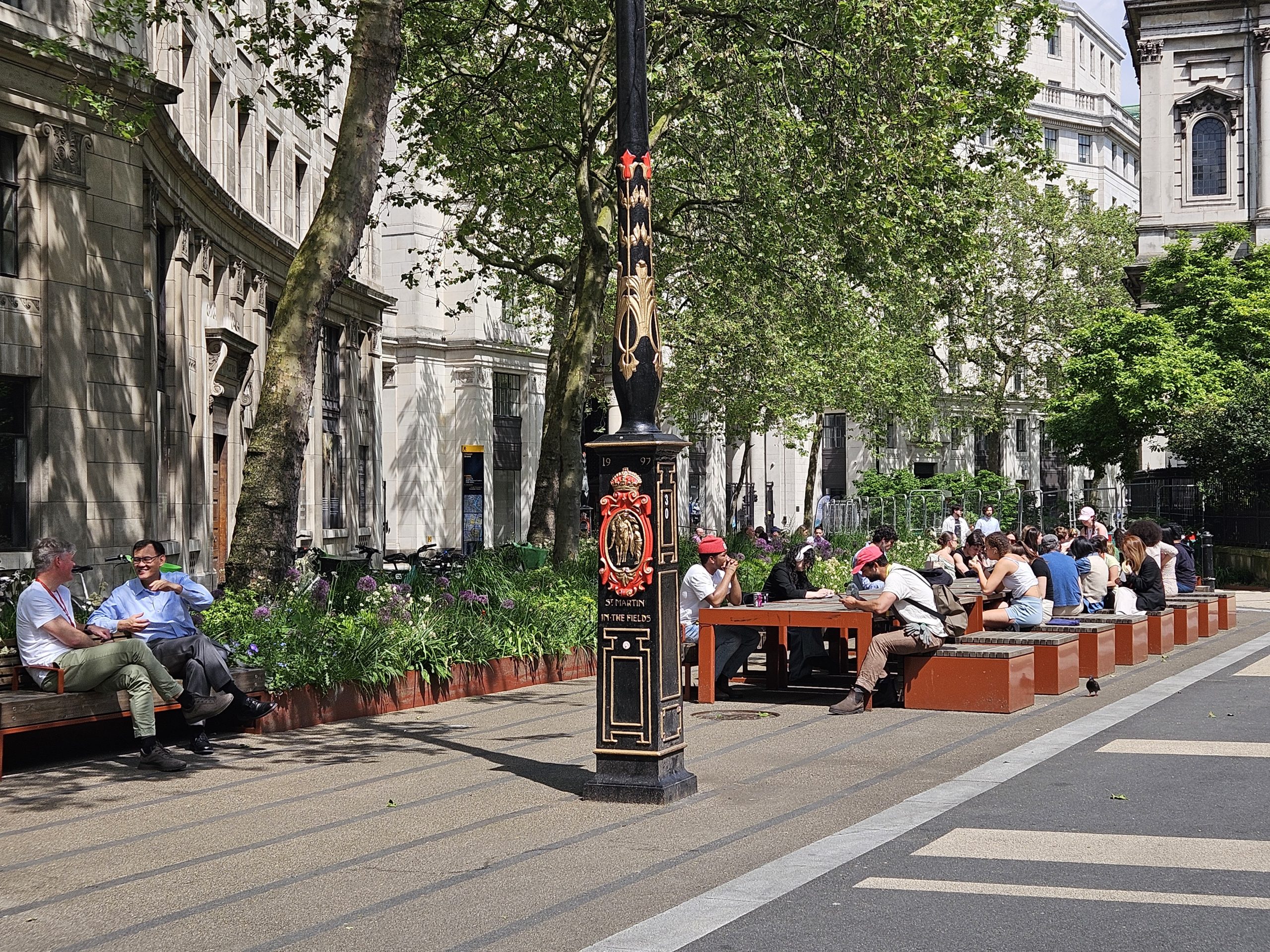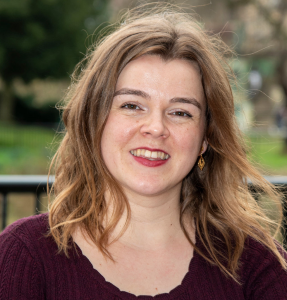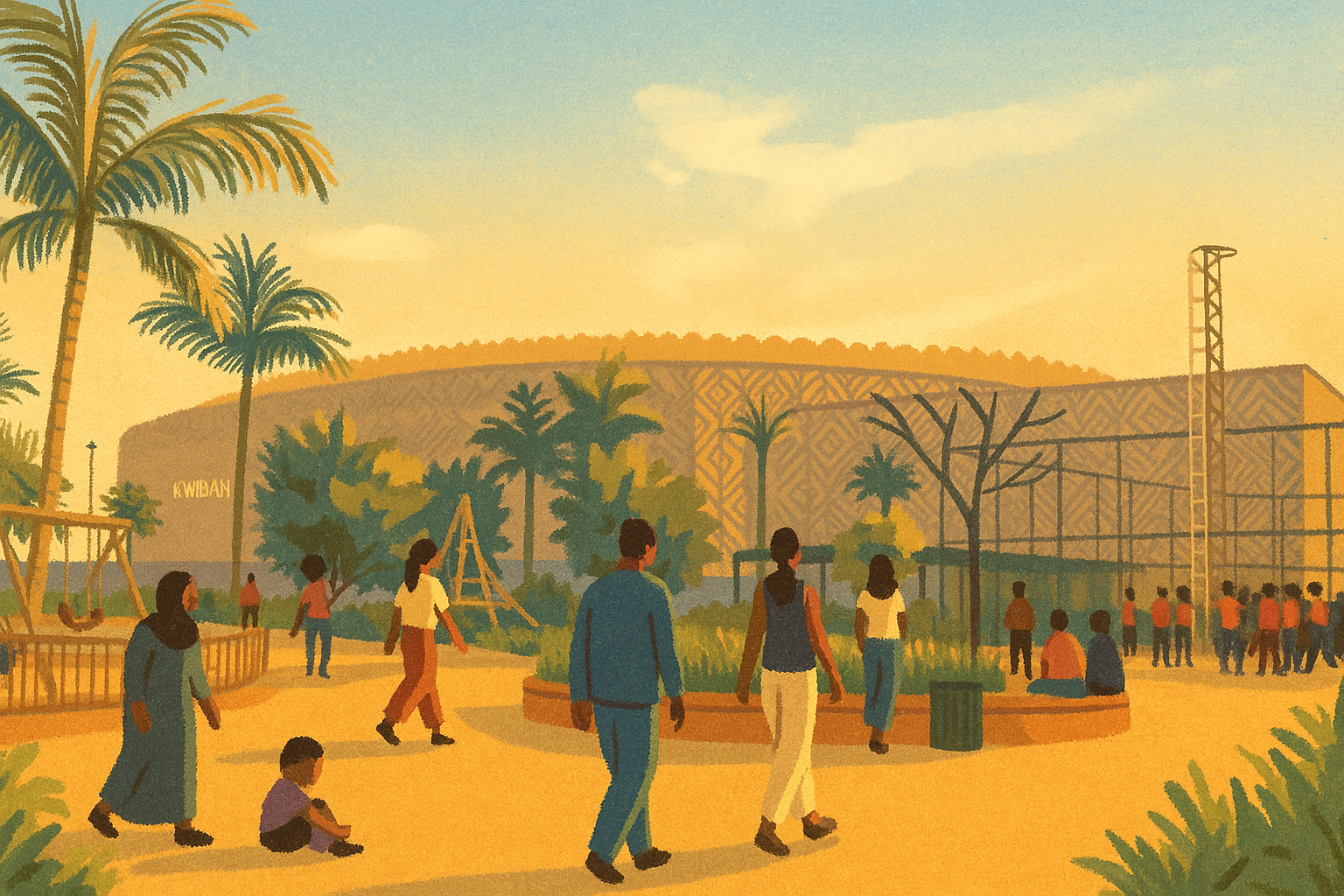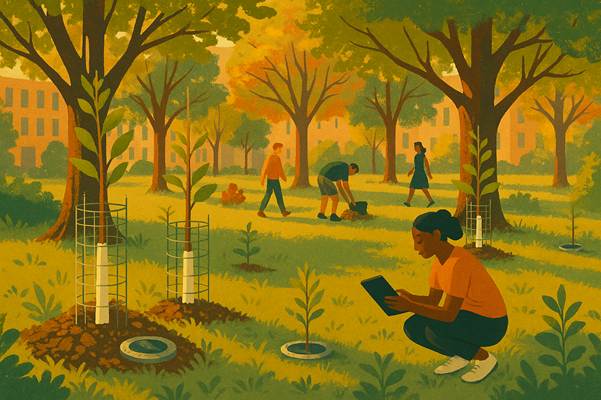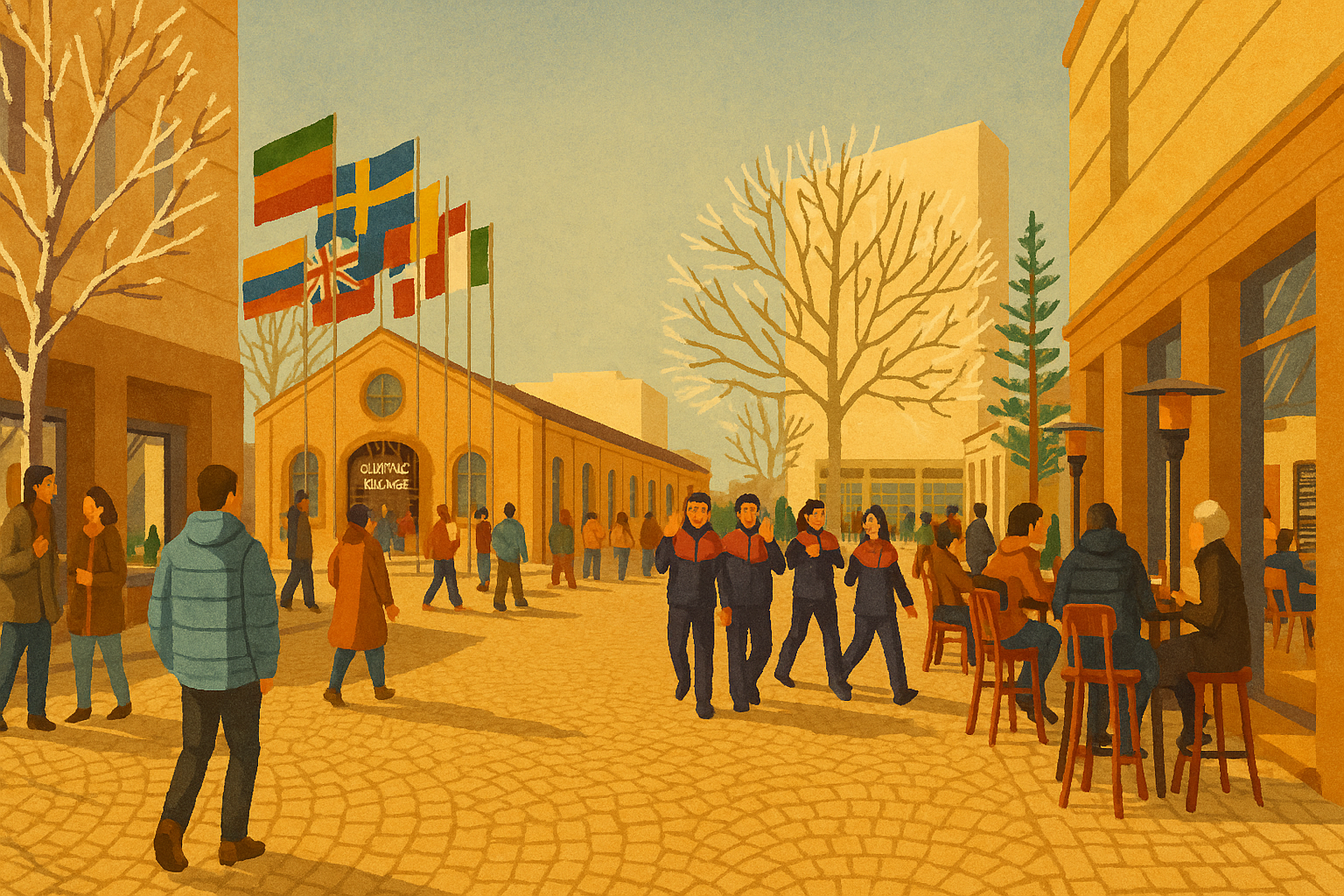A walk through Strand Aldwych
London’s newest public space is a resounding success, judging by the number of happy people using it on a sunny day in May 2024. I’m here as part of the Jane’s Walk London Festival, an annual event that celebrates the life and work of urbanist Jane Jacobs.
The walk is led by urban designer Ruchi Chakravarty, who has almost 20 years of experience with the design and delivery of projects around the world, including this, the newly created Strand Aldwych in London, which she and her team delivered for Westminster City Council. She explains what led to the implementation of this project in the heart of London between Somerset House and King’s College, a 7,000 square-metre large pedestrianised area: “This is part of a business improvement district. The air used to be heavily polluted here and the gyratory was on the Mayor’s Safer Junctions list, making safety and air quality primary drivers for a traffic driven scheme. The freeing up of the Strand to create a “pause” in the area is a happy by-product and we introduced north-south connections for walking and cycling, introducing seamless connections throughout to slow down cars and give space to pedestrians”. After a public consultation with over 1,500 responses, supported by the Northbank BID Somerset House, King’s College, and a number of stakeholders in the area, the detailed design and delivery of the scheme could go ahead.
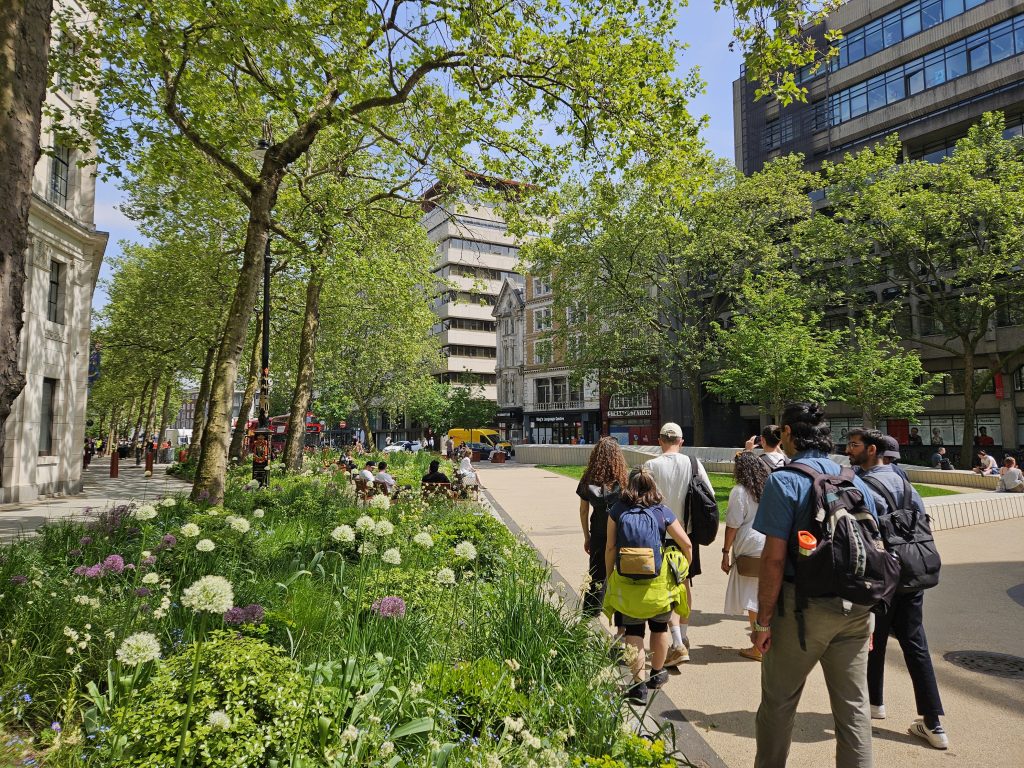
“Covid worked to our advantage: We could deliver this space before the city fully reopened. We were inspired by Times Square in New York City and similar projects, which are about the people and the users. You can see people having their lunch here who didn’t use the space before. It’s a mix of students, tourists, city and construction workers”, Ruchi explains, emphasising that the Strand Aldwych has become a free and equitable space for everyone to enjoy a break.
The idea was to create several mini plazas around the busy Aldwych Road in order to connect the area to Covent Garden and the riverfront via intuitive, pedestrian-friendly routes. This has worked very well, and project managers were smart about including different stakeholders, including residents, people that work in the area, and taxi drivers, who are now allowed to take U-turns in some new locations.
In addition, the designers delivered this new urban space as a “meanwhile” scheme or mock-up, which is partly due to costs and partly part of the strategy for acceptance. The challenge is paying for maintenance, which the private sector is currently doing. The colourful chairs and benches will eventually be replaced by wooden furniture, but already, the space is very inviting.
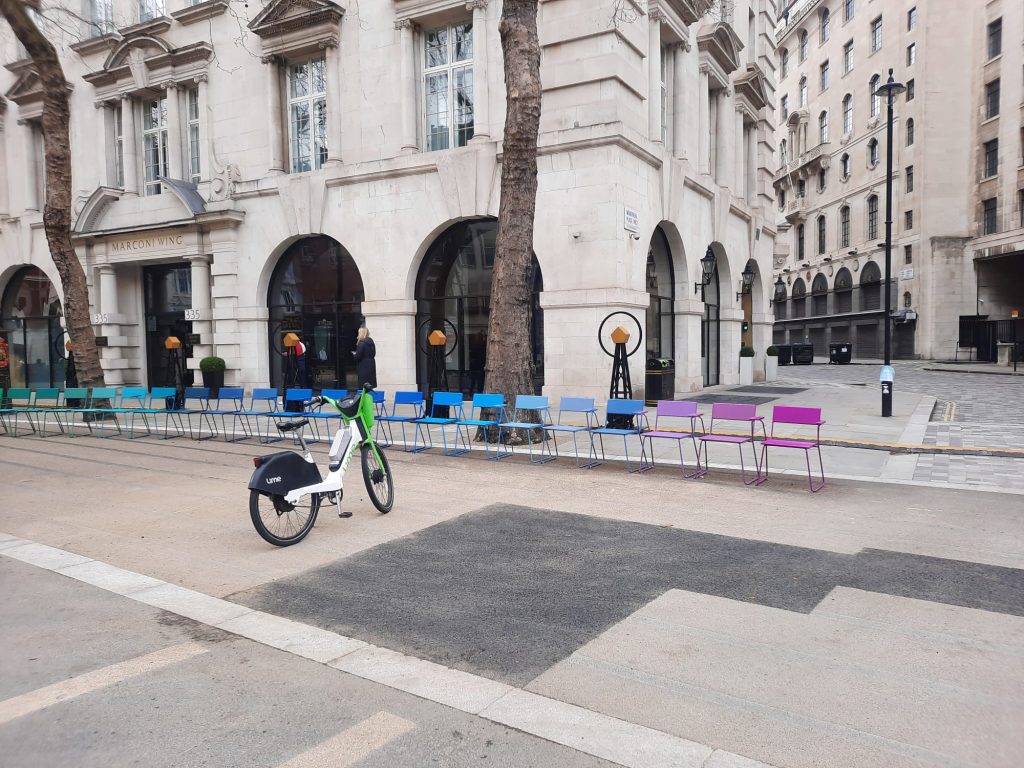
“We wanted to create an artist-made space rather than an artist-displayed one”, Ruchi says, adding that the designers wanted to avoid performances such as levitation tricks known as floating yodas, which are common around nearby Covent Garden. The team worked with university students and artists from Somerset House, while also conducting sun studies to understand how to best provide sunny and shady seating on the site.
While Strand Aldwych is now car-free along its 170 metres, deliveries are still allowed in the mornings. Residents also have a permit to move their car, which according to Ruchi leads to approximately one car passing by every four hours. To further pacify residents, who were worried about anti-social behaviour, the designers came up with a lighting scheme and with ways of increasing the perceived security without actually sending security officers to the square.
The project has been very successful, and the addition of 17 new trees as well as over 1,000 shrubs, countless herbaceous plants, bulbs, ferns, and grasses has been very welcome. Visiting on a sunny day shows that workers, visitors, and many others use the area to enjoy their lunch or just a break from walking around. Many young students from the surrounding universities sit and chat, some using their computers, others studying peacefully, while the traffic that is only a few hundred metres away seems to fade out of consciousness.
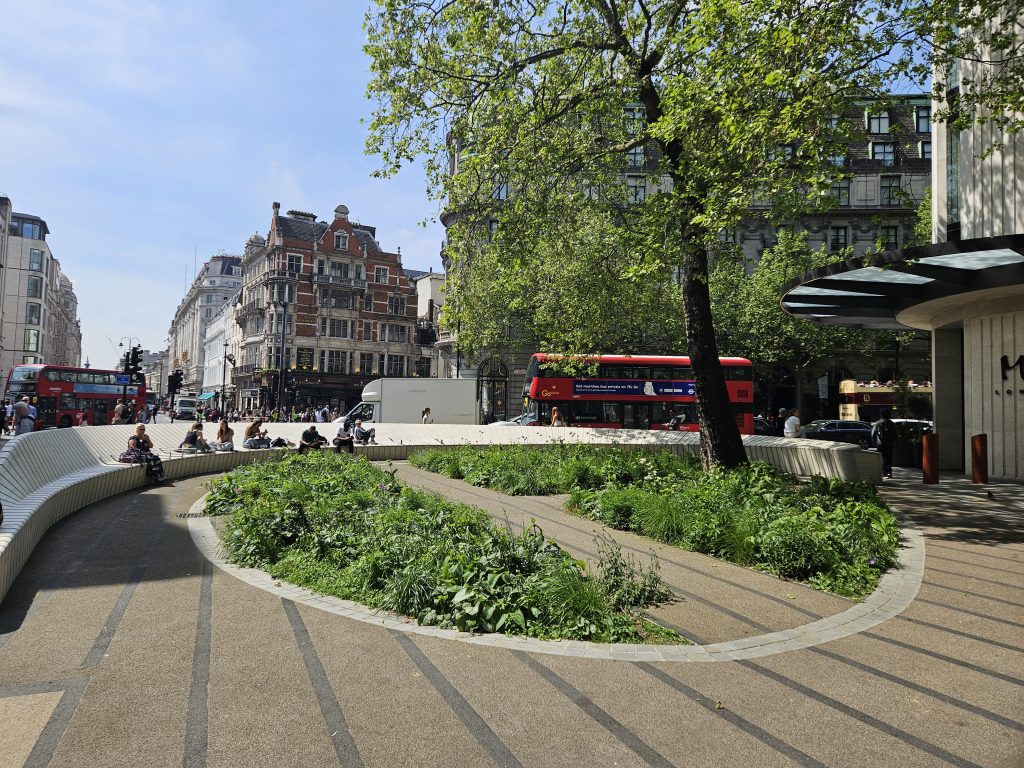
“In Central London, you can get away with pedestrianisation a lot more than in other areas of the city, where the demographic has different priorities”, Ruchi says. Where there is less access to public transport or bicycles, and where smaller businesses depend on customers arriving by car, it might be much more difficult to implement a pedestrianised space or a low-traffic neighbourhood.
“You have to understand how people are actually moving. Knowing your context is extremely important.” Surely, Jane Jacobs would be on board with this message.
Jane’s Walk London
The volunteer-led organisation has the goal of fostering belonging and civil leadership, building and sharing urban knowledge, celebrating the uniqueness of places and their local dynamics, discovering London from new and creative perspectives, and bringing everyone together for a more equitable city for all.
The 2024 festival launched at London National Park City’s Visitor Centre in Fleet Street with the projection of a documentary about Jane Jacobs. During the weekend 10-12 May, Walk Leaders showed guests around grassroots movements in North Kensington, the Lea Bridge and Green Link Walk, the Barbican and Golden Lane area, Elephant & Castle, Waterloo, Hackney, Notting Hill, and Regent’s Canal sharing their perspective and knowledge of the area and triggering conversations around a variety of themes with attendees. Around 250 participants enjoyed 10 walks, 2 online events and 6 walks co-organised with London National Park City as part of their Walking Week.
Surveys show that all respondents were very satisfied with the walks they attended and discovered new parts of the city. 70% of them said that participating in Jane’s Walk London Festival made them feel part of a community: “Brilliant festival that was very friendly and welcoming whilst making it informative in different parts of the city”; “It’s been really useful to listen to different perspectives and reflect on new aspects of the city”; “I have never met so many neighbours, not even during Covid.”
There are Jane’s Walk Festivals all over the world, usually taking place in May to honour the urbanist Jane Jacobs’ birthday on May 6th, 1916.

